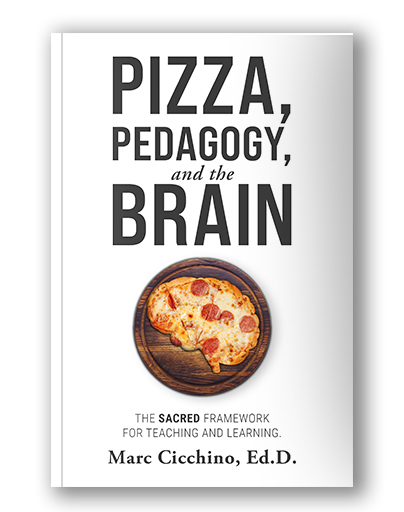Brain based learning strategies are among the most powerful ways to improve student engagement and increase student achievement — and that comes as no surprise. Most educators who are first exposed to research on the neuroscience of teaching and learning have similar responses, albeit not necessarily in this order:
- Wow, that makes a lot of sense. And it makes everything else make sense, too.
- Why isn’t everyone talking about this? How on earth is this NOT required reading for all educators?
- How can I share this with my colleagues? Where can I learn more?
This is because brain based learning strategies aren’t fixated on, or handcuffed to, any particular concept or instructional methodology. They don’t glorify the ill-structured problem or project-driven instruction at all costs. They don’t blindly argue that every facet of the classroom must be student-driven no-matter-what.
Instead, brain based learning strategies consider the science. They aren’t about what’s fun, or trendy, or ranking well in student surveys, or buzzing on social media. They’re about how we’re wired to learn, and how we learn best. So where do we begin?
The Brain Based Learning Strategies That Matter Most

Pizza, Pedagogy, and the Brain takes a deep dive into “the six SACRED principles” of brain based learning, and the corresponding brain based learning strategies, that consolidate a tremendous about of neuroscience research into six easy to remember principles that make up the acronym, SACRED. Those principles are:
- Safety – Simply put, the brain craves safety. Without it, our brains route critical resources away from the areas associated with learning, and toward areas that are more concerned with survival. That’s great news if you’re trying to escape a predator out in the wild — but terrible news if you’re trying to survive a math quiz. Safety must be prioritized for anything else to matter.
- Attention – Similar to safety, our brains are hardwired to allow certain kinds of stimuli to pass through our attention filters for the purposes of survival. Again, think of the critical importance of being able to notice the subtle movements of a predator that might be stalking you in the wild — an indispensable survival instinct! But likewise, we cannot help but turn our heads when we hear a crash, or feel for our phones when we sense a buzz. Teachers must understand attention in order to leverage the fact that students are hardwired to give it where it’s warranted!
- Connection – Our brains love making connections. When something that is being learned can be connected to prior knowledge, or when it can be connected across multiple modalities, the memories that are created are stronger, more durable, and longer lasting. The fun part is dreaming up brain based learning strategies that leverage this fact to enhance learning. Some of the most popular include KWL charts that require students to active prior knowledge and multi-sensory reading or math instruction that prompt students to learn through multiple modalities.
- Retrieval – There is an abundance of brain based research that shows the profound importance of retrieval for strengthening memories. There are a number of effects that corresponding strategies that every educators should know, but to sum them up in two words, teachers should strive to engage their students in effortful recall. When students take a quiz (and exert effortful recall in trying to correctly answer the quiz questions), they’re actually strengthening their learning. The quiz itself is more than just an assessment; it’s a vehicle for learning. The best part, of course, is that it doesn’t have to be a quiz; the only part that matters is — you guessed it — that students engaged in an effortful manner.
- Executive Function – The skills that are essential for success — like organization, goal setting, time management, impulse control, and many more — are managed by a part of the brain that doesn’t fully mature until the mid-twenties! Brain based learning strategies that acknowledge this fact and support students’ executive function skills are important across all grade levels. Popular strategies include the use of graphic organizers, scheduling tools, goal setting protocols, and other related scaffolds.
- Differentiation – When it comes down to it, not everything needs to be differentiated. Yes, it’s true, every learner is different — but that doesn’t necessarily mean that every facet of instruction needs to be recalibrated or personalized. Some techniques are great for pretty much all brains. So what kind of brain based learning strategies leverage differentiation? Differentiating for students actual needs, with an emphasis on the aforementioned five principles. (How might the way students connect to prior knowledge be differentiated? Every student in the room surely brings a different pool of prior knowledge into the room. Differentiate to strengthen connections!)
Even More Brain Based Awesomeness
If you’re looking to add even more brain based learning strategies to your repertoire, here are a few great places to begin:
- Check out our online course, which unpacks the six SACRED principles of brain based learning — and includes printable, editable resources that reflect brain based learning strategies for each principle!
- Looking for even more great books that unpack the stuff of brain based learning? Check out Zaretta Hammond’s Culturally Responsive Teaching and the Brain: Promoting Authentic Engagement and Rigor Among Culturally and Linguistically Diverse Students. You’ll love Hammond’s application of brain based principles to instructional practices that benefit all learners.

